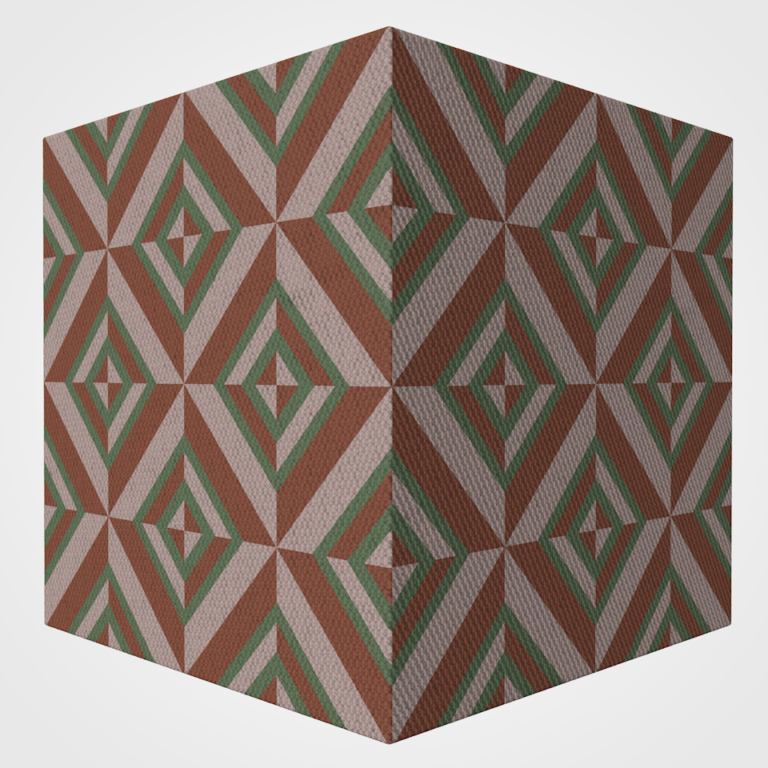

The image above shows three identical cloth objects with the exclusion that the Rubber setting has been altered. Note that Iterations also has an effect and higher values will increase the Stiffness as well (which lets you simulate effects that resulted from setting the Stiffness to a value greater than 100% in previous versions). The higher the value, the more stiff and less stretchable the cloth will be.

This parameter controls the overall stiffness of the cloth object. If an older scene is loaded (prior to R11.5) the Iterations and Stiffness parameters will be set so the original Cloth behavior is maintained. Iterations should be viewed as a mass for the overall stiffness of a fabric, which can be adjusted using the Stiffness, Flexion and Rubber parameters.
Note that render times will increase as the defined value is increased and values near 0 can lead to unstable cloth calculations, which can then virtually "explode". The new incarnation allows for a separate, manual definition. In Cinema 4D versions prior to R11.5 this was automatically defined internally (primarily based on the object subdivision and Stiffness setting), which however presented several disadvantages. This parameter basically controls the overall elasticity of a fabric. This allows for the length of time at which the cloth engine will calculate for. When the Auto checkbox is disabled, the Start and Stop field will become active. In the Project Settings dialog, for example, if the Maximum frame is set to 150, the cloth engine will calculate for the entire 150 frames. If the Auto option is enabled, the Cloth engine will be linked to the maximum length of the current scene. This also provides functions that handle the stored calculations of the cloth simulation. The settings found on this tab affect the actual structure of the control cage. Function available in CINEMA 4D Studio Cloth Tag


 0 kommentar(er)
0 kommentar(er)
